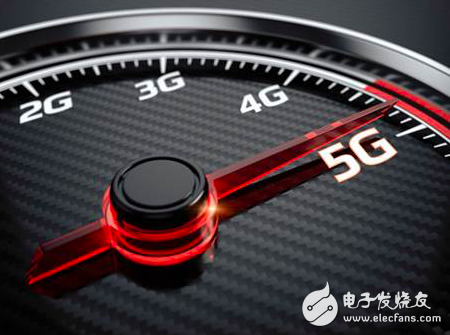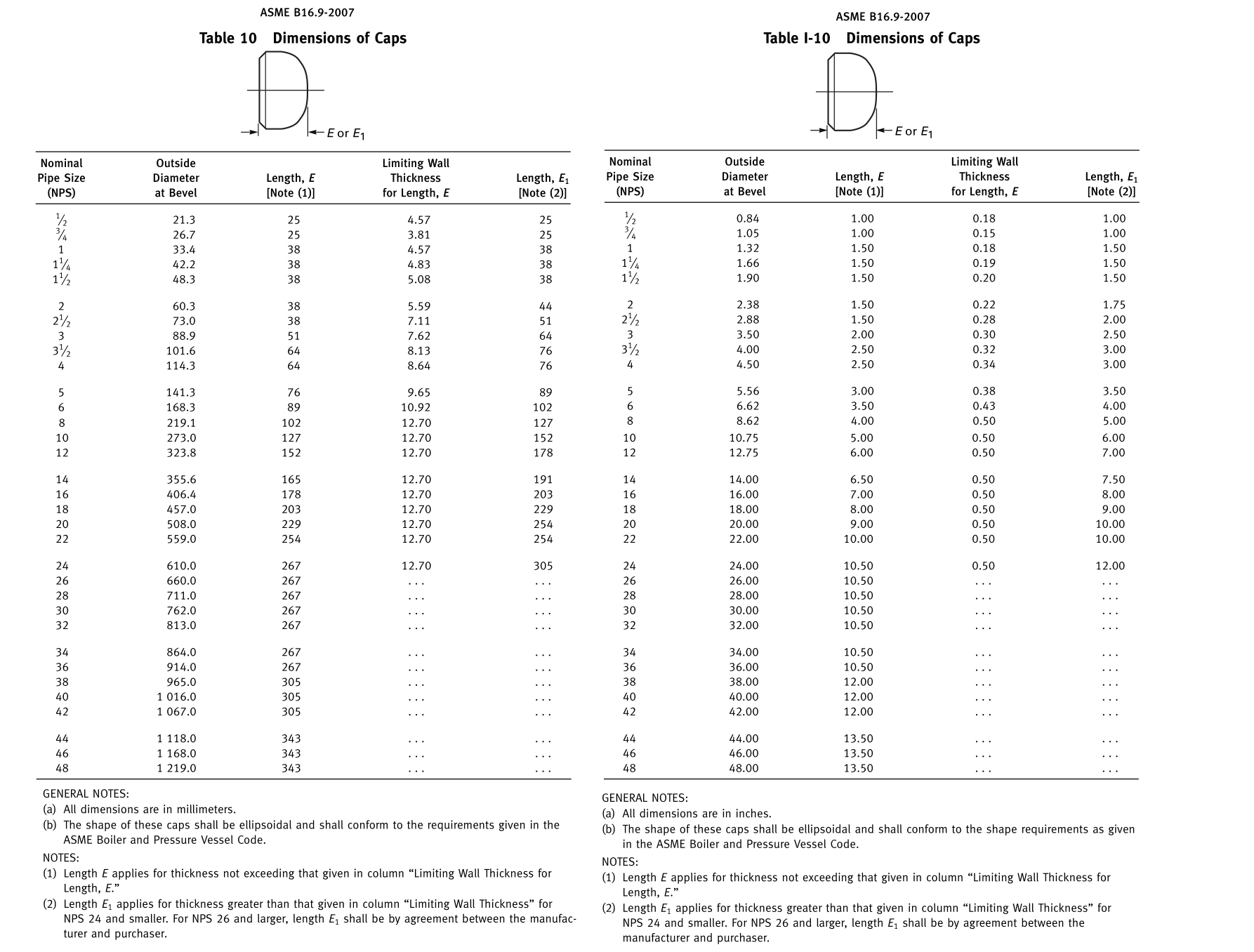In the past year, from the MWC of the World Mobile Congress in Barcelona in February to the MWCS held in Shanghai in June, and then to the Beijing Communication Exhibition in September, 5G has become the star of the audience. With this new wireless mobile communication technology, consumers can download a complete movie in just a few seconds, and for businesses, 5G can help them provide a more seamless and seamless customer experience. As the evolution process becomes clearer, the 5G era may not be far away from us, and are you ready?

5G is the fifth generation of mobile communication technology, which can provide ultra-high speed connection with lower latency and lower power consumption than before. 5G opens a new door to creating a ubiquitous interconnected world. In the future, we are likely to have remote IoT devices that can run continuously for many years without human intervention, and we will have drones and autonomous vehicles that provide instant real-time interaction.
The development status of 5G
5G is basically a network composed of networks. It is created based on everything that exists, encompassing many existing technologies, such as the narrowband Internet of Things (NB-IOT) and LTE, as well as new cutting-edge technologies such as millimeter waves. The millimeter wave supports data transmission rates of 10 Gbps and higher, and has ultra-low latency. These new features and performance improvements will help evolve from the mobile Internet to large-scale Internet of Things. For example, "ultra-low latency" will provide real-time interactivity for cloud services, which is key to the success of applications such as autonomous vehicles.
Another new feature of 5G is virtualization. Virtualization is the core of 5G networks. As most field devices are also pushed to the “mobile edge†data center, 5G networks are closer to the needs of consumers, thus enhancing the customer experience. At the same time, since the virtual network function can be upgraded to meet the final 5G standard through software upgrade, no matter how the future 5G standard is set, the mobile network operator only needs to deploy an antenna that meets the frequency allocated in a certain area, and can easily upgrade by software. To meet the future development needs of 5G. Therefore, the 5G virtualization features make the future development of 5G more broad.
5G development challenges
It is undeniable that 5G development still faces some challenges. One of the biggest challenges is the 5G spectrum problem. According to the relevant national regulations, the government will only issue spectrum for 5G if there is a specific business case. However, without the important resource of spectrum, the progress of 5G testing and development will be hindered. Most governments are currently studying the allocation of spectrum based on market and geographic location.
In addition, security issues have become increasingly prominent. In Gemalto's view, 5G will have a larger attack surface than the current cellular network, and the emergence of moving edges will change the security of the boundary. All vendors need to be prepared early to meet these security challenges.
As more and more network functions become virtualized, the risk will naturally multiply. Today, large hardware vendors such as Nokia, Ericsson and Huawei are using proprietary software that conforms to standards. As the entire industry moves to the cloud, security is especially important as all parts of the enterprise work together seamlessly and securely. For example, mutual authentication between all virtualization functions should be performed to be able to detect pseudo entities in the network.
Face the challenges that all parties need to adopt
How to deal with the challenges facing 5G development is a major issue with major stakeholders. First, develop a well-performing virtualized network core, then fine-tune the components to make sure that the parts are perfectly combined. Secondly, it is equally important to match the appropriate techniques for each part. For example, millimeter waves are used to meet critical applications such as remote surgery where speed and reliability are required, while for low bandwidth sensor networks, NB-IOT is very suitable.
Finally, spectrum and standard protocols take time to reach, but we shouldn't be too attached to it. Once the system is flexible enough, once the 5G standard is released, the entire industry can be smoothly migrated through software upgrades.
The road is blocked and long, the line will be: 5G will be launched in 2018
The launch of a new generation of wireless mobile communication technology is always accompanied by many opportunities and challenges, from GSM to UMTS to LTE, and the development of 5G is no exception. All of this takes time, and manufacturers and mobile network operators also need to deal with different combinations of allocated frequencies and spectrum. It is reported that Gemalto has been actively participating in the development of 5G, an emerging standard, and conducting discussions with organizations such as GSMA and NGMN.
South Korea will launch 5G before the 2018 Winter Olympics, and Japan will follow in 2020, while other countries are aware of the huge potential of 5G and are actively building and continuing to promote 5G deployment. In today's fast-connected era, you can enjoy first-mover advantage in the first step.
Steel caps or pipe caps is the industrial pipe fittings for plugging pipes, welded on the pipe end or installed on outer thread of pipe end. It is used in sealing the pipeline. It has same function with pipe plug. Convex pipe cap includes: semisphere pipe cap, oval pipe cap, disc pipe cap and crown pipe cap.
Standards:ASME B16.9-2007 'ASME B16.25-2007,ASME B16.5-2007,EN10253-1-1999 EN10253-2-2007 EN10253-3-2008 EN10253-4-2008,DIN2605-1-1992 DIN2605-2-1995,JIS B2311-2009 JIS B2312-2009 JIS B2313-2009,GB/T12459-2005 GB/T13401-2005 GB/T10752-2005 ,SH/T3408-1996 SH/T3409-1996
SY/T0609-2006 SY/T0518-2002 SY/T0510-1998 ,DL/T695-1999 GD2000 GD87-1101,HG/T21635-1987 HG/T21631-1990
Size: 1/2"~78" DN15~DN1900
Wall Thickness:sch10, sch20, sch30, std, sch40, sch60, xs, sch80, sch100, sch120, sch140, sch160, xxs, sch5s, sch20s, sch40s, sch80s
Material:
Carbon steel: ASTM/ASME A234 WPB-WPC
Alloy steel: ASTM/ASME A234 WP 1-WP 12-WP 11-WP 22-WP 5-WP 91-WP 911
Stainless steel: ASTM/ASME A403 WP 304-304L-304H-304LN-304N ASTM/ASME A403 WP 316-316L-316H-316LN-316N-316Ti ASTM/ASME A403 WP 321-321H ASTM/ASME A403 WP 347-347H
Low-temperature stee: ASTM/ASME A402 WPL 3-WPL 6
High-performance steel: ASTM/ASME A860 WPHY 42-46-52-60-65-70
Industrial proecesses:Bending,squeezing,pressing,forging,machining and more.
Applicants:Our pipe fittings are widely used in many industries,such as petroleum,power generation,natural gas,chemicals,ship building,papermaking, and metallurgy,etc.


Steel Caps,Welding Cap,Butt Welding Cap,Carbon Steel Pipe Caps
HEBEI ZIFENG NEW ENERGY TECHNOLOGY CO.,LTD. , https://www.zifengpipeline.com
